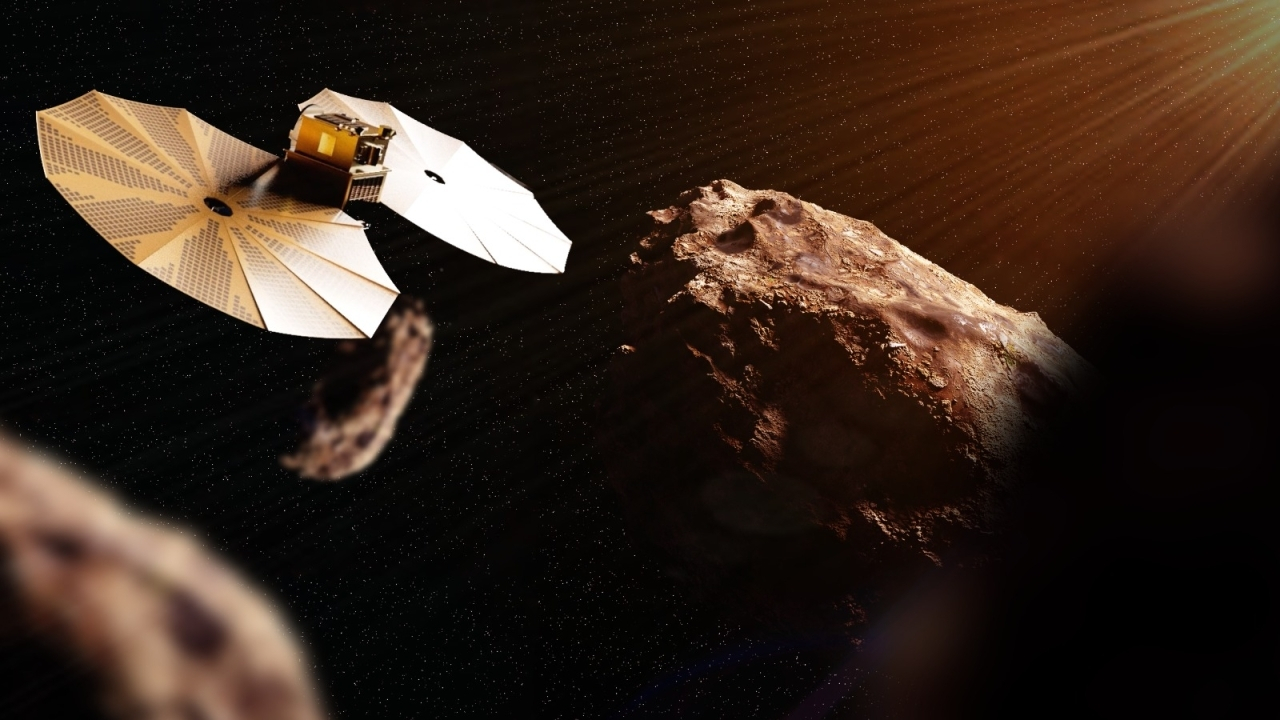UAE completes design review for Emirates Mission to the Asteroid Belt
The Emirates Mission to the Asteroid Belt (EMA) has completed reviewing the Critical Design phase of the mission.

A key milestone in the programme’s timeline, this review aims to discuss the details and latest updates related to the development of the MBR explorer and its readiness to proceed to the next phase of Assembly, Integration and Test.
Salem Butti Salem Al Qubaisi, Director General of the UAE Space Agency, said: “We are truly proud of this achievement. Completing this phase of EMA successfully embodies the UAE’s vision of turning ambitions into realities.”
Al Qubaisi added: “The mission represents an advanced step in our journey of scientific innovation. It contributes to bolstering our position in deep space exploration, and opens promising horizons in the fields of technology, education, and economy for future generations.” He also emphasised the importance of building capabilities in scientific and technical fields within this vital sector.
The critical design review comprises of a comprehensive evaluation of all aspects of the program, from detailed designs of the spacecraft and its subsystems to precise engineering drawings, manufacturing, assembly, integration and test plans. It also includes an analysis of the expected performance to ensure that the strategic objectives of the mission are achieved, comprehensive test plans to ensure that components are ready to operate in the harsh environments of space, assessment of potential risks and the development of effective strategies to manage them. It also includes the review of the mission schedule.
Mohsen Al Awadhi, Mission Director - EMA, stressed that the mission primarily focuses on building capabilities and ensuring broad participation of the private sector. He further emphasised that the Emirates Mission to the Asteroid Belt is more than a journey beyond our planet, it is a bold step toward a future of innovation, scientific excellence, and global leadership in deep space exploration programmes.
He highlighted that the critical design review is crucial to ensure the success of any space programme, during which the focus is on verifying the readiness of the systems, achieving the desired scientific goals, enhancing coordination between different teams, reducing potential risks, and complying with international standards and regulations. He affirmed that this review yielded positive results and successfully achieved its objectives, reflecting remarkable progress in the National Team’s capabilities, and reinforcing the preparations for the mission launch.
EMA consists of a six-year spacecraft design and development phase followed by launch and a seven-year mission to the main asteroid belt beyond Mars, performing a series of close flybys to make a series of observations of seven main belt asteroids, and finally landing on Justitia. The MBR Explorer will carry advanced scientific devices that will work together to achieve the mission’s scientific objectives. The mission's objectives focus on understanding the origins and evolution of water-rich asteroids and evaluating the possibility of using asteroids as resources for future space exploration missions.
Stay up to date
Subscribe to the free Times Aerospace newsletter and receive the latest content every week. We'll never share your email address.

